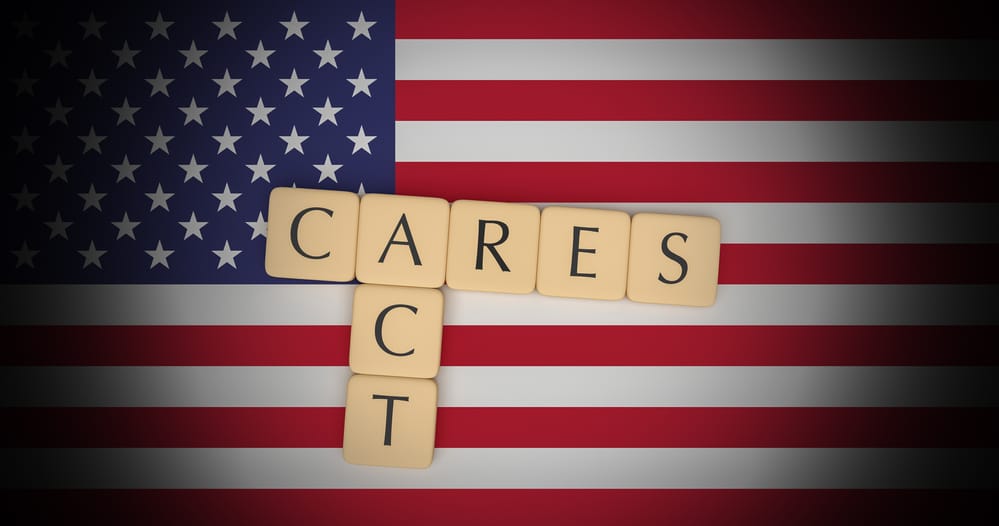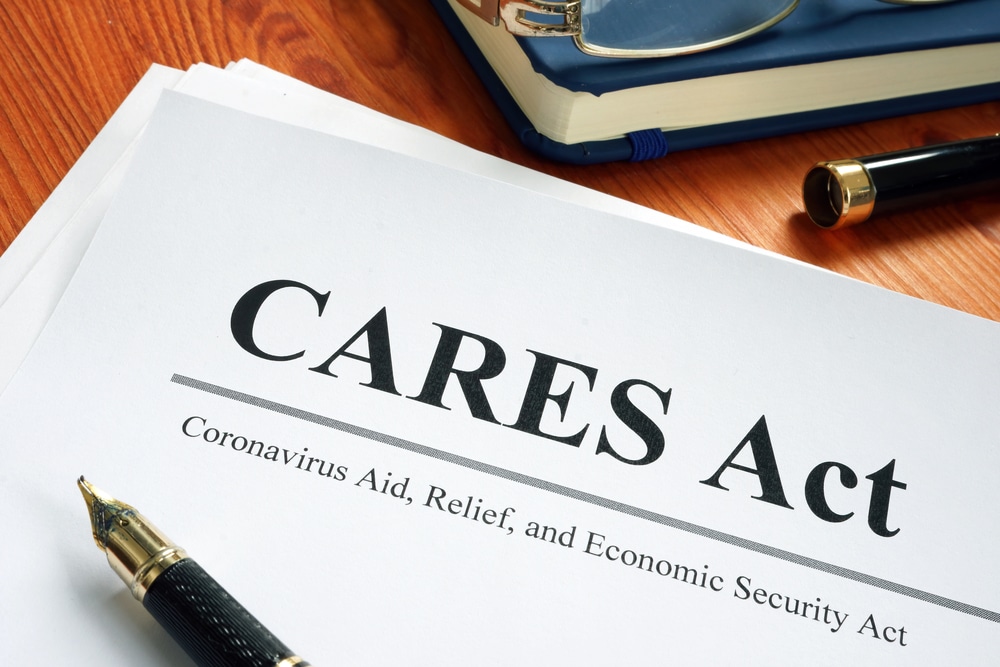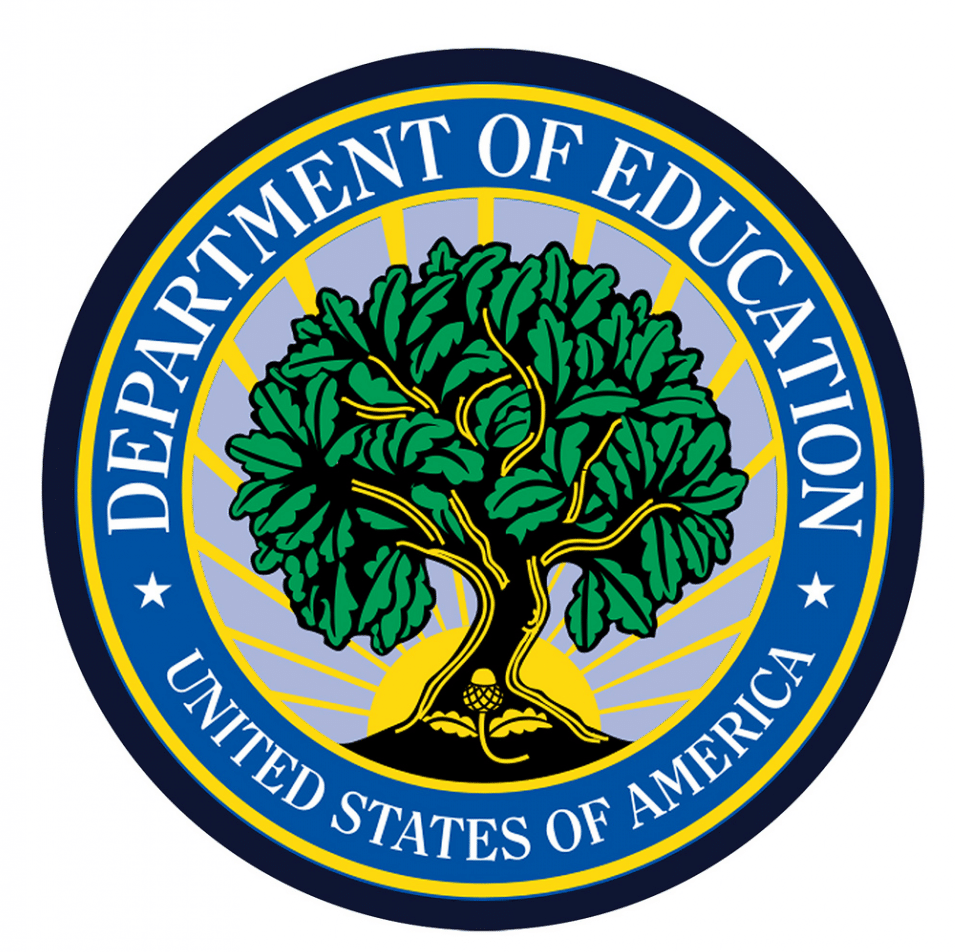08 Feb2024
By AACTE
2024 is off to an exciting start with the addition of new Holmes Scholars from Ohio University, Bowie State University, and Fresno State. Join us in welcoming these new scholars to our vibrant community at the upcoming 2024 Holmes Preconference in Aurora/Denver, CO.
21 Apr2020
By Jane E. West

This blog post is written by AACTE consultant Jane West and is intended to provide updated information. The views expressed in this post do not necessarily reflect the views of AACTE.
Implementation of the $2 Trillion CARES Act: Where Do We Stand?
It’s hard to keep track of the swirl of information about federal efforts to address the pandemic in the education space. Here is my best shot at a high-level summary of where things stand:
- It’s been three weeks since the $2 trillion third package of funding (COVID-3 or the CARES Act) became law
- The bill includes the following and distribution to date is as noted:
- $13.5 billion for elementary and secondary education
- No announced process or timeline for distribution yet
- $14.25 billion for higher education
- $6.3 billion is being distributed to IHE’s for students who need emergency financial aid and have expenses related to the pandemic
- $3 billion for a Governor’s Emergency Education Relief Fund
- fund now available for distribution
17 Apr2020
AACTE Responds to COVID-19
By Deborah Koolbeck

The CARES Act, signed into law on March 27, 2020, included nearly $14 billion to support higher education institutions and students. This funding included $6.28 billion to provide cash grants to students for expenses related to disruptions to their education due to COVID-19. The funds move from the U.S. Department of Education to the institutions of higher education, and the institutions disperse the funds to students.
The allocation to each institution is set by a formula established in the CARES Act, weighted by the number of full-time students with Pell grants but also considers the total population of the school and the number of students who were not enrolled full-time in online programs pre-COVID-19. (View the methodology. It is important to note that this initial disbursement is for 50% of what is in the allocation table.) The institution must fill out a Certificate of Agreement with the Department to receive the disbursement via grants.gov. U.S. Secretary of Education Betsy DeVos wrote a letter to college and university presidents sharing guidance on this disbursement.
27 Mar2020
AACTE Responds to COVID-19
By U.S. Department of Education
 U.S. Secretary of Education Betsy DeVos announced today that the office of Federal Student Aid is executing on President Donald J. Trump’s promise to provide student loan relief to tens of millions of borrowers during the COVID-19 national emergency.
U.S. Secretary of Education Betsy DeVos announced today that the office of Federal Student Aid is executing on President Donald J. Trump’s promise to provide student loan relief to tens of millions of borrowers during the COVID-19 national emergency.
All borrowers with federally held student loans will automatically have their interest rates set to 0% for a period of at least 60 days. In addition, each of these borrowers will have the option to suspend their payments for at least two months to allow them greater flexibility during the national emergency. This will allow borrowers to temporarily stop their payments without worrying about accruing interest.
23 Mar2020
AACTE Responds to COVID-19
By Deborah Koolbeck
As the United States responds to the COVID-19 pandemic, federal agencies connected to the education and care of our nation’s higher education and PK-12 students are releasing information and guidance for taking action, as well as flexibilities and waivers offered.
The U.S. Department of Education offered a phone call to K-12 stakeholder on Friday March 20, 2020, with officials from the Department, the CDC, and the U.S. Department of Agriculture. The Department has posted a readout of the call, with links to resources on servicing students with disabilities, student loan relief, student privacy, and more.
Main Links for COVID-19 Information
U.S. Department of Education
U.S. Department of Agriculture Food and Nutrition Service
Centers for Disease Control
23 Mar2020
By U.S. Department of Education
 U.S. Secretary of Education Betsy DeVos announced today the Department has released new information clarifying that federal law should not be used to prevent schools from offering distance learning opportunities to all students, including students with disabilities. This new resource from the Office for Civil Rights (OCR) and the Office of Special Education and Rehabilitative Services (OSERS) explains that as a school district takes necessary steps to address the health, safety, and well-being of all its students and staff, educators can use distance learning opportunities to serve all students.
U.S. Secretary of Education Betsy DeVos announced today the Department has released new information clarifying that federal law should not be used to prevent schools from offering distance learning opportunities to all students, including students with disabilities. This new resource from the Office for Civil Rights (OCR) and the Office of Special Education and Rehabilitative Services (OSERS) explains that as a school district takes necessary steps to address the health, safety, and well-being of all its students and staff, educators can use distance learning opportunities to serve all students.
“It was extremely disappointing to hear that some school districts were using information from the Department of Education as an excuse not to educate kids,” said Secretary DeVos. “This is a time for creativity and an opportunity to pursue as much flexibility as possible so that learning continues. It is a time for all of us to pull together to do what’s right for our nation’s students.”
12 Mar2020
AACTE Responds to COVID-19
By Deborah Koolbeck
The U.S. Department of Education (Department) released guidance on March 5 and followed up with additional outreach on March 11, 2020 to ensure that institutions of higher education (IHE) are aware of options for various interrupted study due to COVID-19, including what the Department refers to as “student teaching.” This is particularly important for compliance with Title IV of the Higher Education Act. The guidance covers five scenarios including the following:
“A student was enrolled in a program and met the requirements for full-time enrollment; however, due to the COVID-19, one or more classes—such as an internship, a clinical rotation, student teaching or fieldwork—have been cancelled and now the student has fallen below the 12 credit hour minimum and is no longer considered to be a full-time student …”
Please review the guidance offered and work with your institution’s leadership, including the financial aid office moving forward. Specific situations leading to additional questions should be directed to COVID-19@ed.gov.
Other resources
U.S. Department of Education COVID-19 Resources
CDC Interim Guidance for Administrators of US Institutions of Higher Education
CDC Coronavirus 2019 (COVID-19) Fact Sheet









 U.S. Secretary of Education Betsy DeVos announced today that the office of Federal Student Aid is executing on President Donald J. Trump’s promise to provide student loan relief to tens of millions of borrowers during the COVID-19 national emergency.
U.S. Secretary of Education Betsy DeVos announced today that the office of Federal Student Aid is executing on President Donald J. Trump’s promise to provide student loan relief to tens of millions of borrowers during the COVID-19 national emergency.